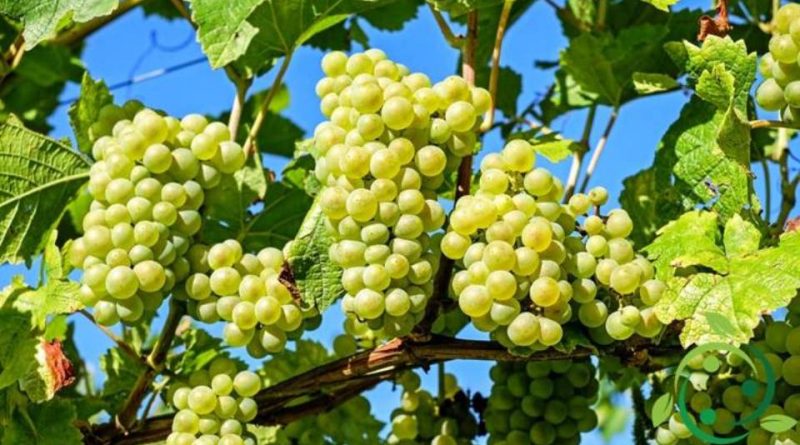How to prepare a vine cutting
How to prepare a vine cutting
The common vine or Eurasian vine (Vitis vinifera L., 1753) is a climbing shrub of the Vitaceae family and is a plant found on all continents except Antarctica.
This deciduous plant, whose leaves are called vine leaves, is perhaps among the oldest and most widespread crops in the world.
There are many cultivars of this species that make their classifications almost impossible.
Yet in the concept of today’s viticulture, within the principle of agroecology, the use of indigenous cultivars finds more and more space which, not only are more resistant to climate change and pathogens, but better represent the characterization of a territory and of its viticulture, as well as the possibility of not extinguishing old varieties.
Perhaps the hangover of “exotic” or imported cultivars has passed forever, we are increasingly aware of the need to safeguard our ampelographic heritage and, therefore, to be able to reproduce it.
Without prejudice to the criterion that the common vine must be grafted onto the American vine, among all for the phylloxera resistance factor, it is appropriate to understand how to multiply the vine by agamic means.
Furthermore, some of these varieties are primary producing hybrids, that is, those hybrids obtained by crossing American and European vines to obtain phylloxera-resistant plants. These plants did not multiply by grafting, as happens today for the European varieties of Vitis vinifera, but were propagated by offshoot or cutting.
These plants that have survived for decades, without the need for any kind of treatment, can represent for who wants to go into the concepts of a new model of sustainable agriculture (see within agroecology: synergistic agriculture, permaculture, and other forms similar).
The reproduction of the vine by agamic route (where each individual keeps the genetic heritage of the mother plant intact) can take place both by offshoot and by cutting.
In this contribution we will understand how to multiply the Vine by cuttings.
Among other things, you don’t necessarily have to think about the large extension of a vineyard; you can think about breeding a few vines, as it used to be, raising individual vines in front of the house.
To begin this adventure of vine multiplication by cutting, let’s start with the appropriate containers or jars.
Since vine cuttings are generally quite long (compared to other fruiting cuttings) the containers must be longer than wide.
For this purpose, an excellent container can be represented by plastic bottles for the water to which the upper part must be removed with the whole neck.
If you have opted for this solution at the base of the bottle, transformed into a vase, some drainage holes must be made (5-6 ½ cm holes, obtained with a large screwdriver).
At this point, the cuttings can be prepared by taking them from a vigorous branch of the previous year.
The cuttings must be 20 to 40 cm long and have at least 3 so-called “eyes” or knots, ie the points where leaves and buds are formed.
Prepare the cuttings, taking care not to reverse the sense, these should be soaked for a couple of days in order to hydrate the base and better prepare it for the subsequent phase of emission of the roots.
To avoid excessive dehydration we advise you to seal the upper cut with mastic, also prepared by hand, to reduce the loss of water through dehydration.
It remains to prepare the soil to host the cuttings to be rooted. We recommend a mixture of sand and peat (or potting soil) 2: 1, well compacted in the container.
Once the pots are filled the soil must be moistened and you can place the cuttings in the substrate, taking care to make sure that at least one or two knots are well covered by the substrate. If you want or deem it appropriate, carefully sprinkle the base of the cutting for a few centimeters with rooting hormones in powder or prepared by you.
For your convenience, remember to label each container with the cultivar you are reproducing by cutting.
Also remember to place the containers in a place without direct sunlight, possibly under plants that with their foliage shade well or in a cold greenhouse. Also remember to keep the substrate always moist, avoiding stagnation, and nebulizing, when possible, to increase the humidity around the shoots, in order to avoid excessive dehydration.
To be sure that the cuttings will have taken root we must wait for the issue of some leaflets and their enlargement. In this case you will be sure that it will have rooted and you can use it as a rootstock, or if hybrid, directly by offshoot or by cutting.

